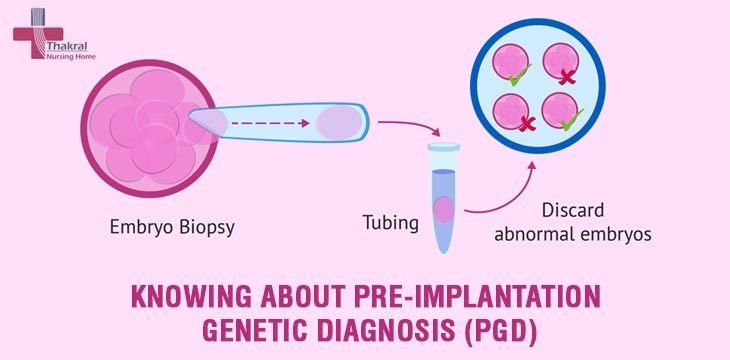
Knowing About Pre-Implantation Genetic Diagnosis
Pre-implantation Genetic diagnosis (PGD) comprises a set of methods that have been used from way back in 1990s. Many experts and investigators are working in this field since its beginning and therefore it is encouraging for us to learn at this time what it is and above all what IVF sufferers can assume regarding it.
The most popular method within PGD a couple of years ago was Pre-implantation Genetic Screening (PGS). PGS healed patients who were in danger of sending a definite hereditary disorder to their child. Still, over the years, the procedure has progressed into something more intricate whereby genetic disorders and chromosomal irregularities can be classified according to their nature.
Scientific Reform: From Pre-Implantation Genetic Diagnosis PGD To PGT-A
What bothers us now is the Pre-implantation Genetic Testing for Aneuplodities (PGT-A). Aneuploidies are alterations in the number of conventional chromosomes of the embryo. When they are identified, viable eggs are recognized for in vitro fertilization procedure.
According to experts and investigational studies, it has been said that as a woman gets older, the possibilities of getting pregnant reduces and the possibilities of miscarriage and chromosome abnormality rises. The fact of experiencing PGT-A within the in vitro fertilization cycle can offer to concentrate on the patient’s difficulties. PGT-A permits embryologists to rule out chromosomally modified embryos that would point to implantation abortions or miscarriages, thus diminishing the number of analyses in some instances. Scientifically talking, one could tell that this method supports implantation but there are no investigations that confirm 100% total triumph.
What Do The Professionals Think About It?
In the experimental community, when it comes to studying the effectiveness of specific practices, the Randomized Controlled Trial studies are taken out. This consists of forming two groups of which one is constrained to the treatment in question and the other is not, being observed up. From there, the results are evaluated.
The European Society of Human Reproduction and Embryology, one of the most prestigious organizations in the sector, conducted a study with women within the ages of 36 and 40 and produced two groups. The decisions did not reflect a variation in the birth rate of patients of old maternal age, but they did highlight the reality that there were fewer cases of miscarriages in the group with PGT-A studies.
Another study that remained unpublished included the Star trial method or trial was conducted everywhere in the United States. In this research, the benefits of PGT-A were also identified in elderly women of maternal age.
For whom the procedure is indicated
PGT-A manages to check the communication of genetic disorders to the children when there is a family history, or in cases with replicated abortions or implantation failures without noticing a justifying reason. The professionals will decide in which cases it is viable and suggested.
How PGT-A Works?
PGT-A works by glancing at the quantity of genetic material within IVF embryos. This hereditary material is housed within compositions called chromosomes. Chromosomes are very vital for normal growth and maturation.
Embryos with the inaccurate figure of chromosomes (also termed aneuploid embryos) typically do not end in a triumphant pregnancy or may guide to the birth of a child with a hereditary condition whereas Embryos with the accurate number of chromosomes (also termed euploid embryos) have a greater likelihood of heading to a successful pregnancy.
Reference
If you have any hereditary disorder which you do not want to be transmitted to your expected offspring , you need to discuss it with the best laparoscopic surgeon in NCR in Gurgaon, Dr Neetu Thakral.